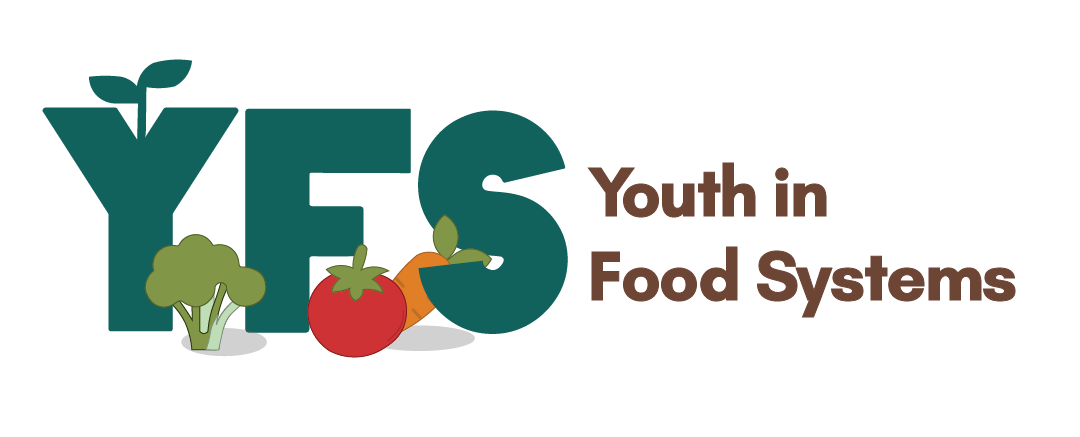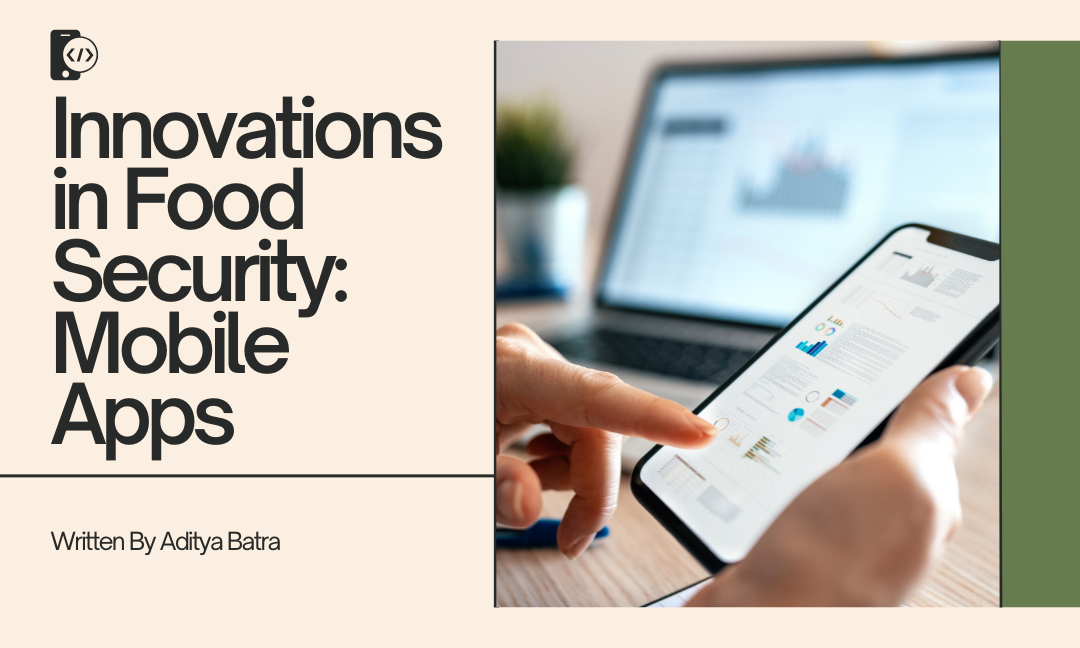Written by: Aditya Batra
Edited by: Avah Manu
Designed by: Serena Sclippa
Published by: Andrew Jackson
In a world where nearly 733 million people go to bed hungry each night, the solution to food insecurity might be sitting in the palm of our hands. As smartphones become nearly as common as household tools—even in remote corners of the globe—mobile apps are quietly revolutionizing how we grow, distribute, and consume food. As the population grows, the demand for food increases, making sustainable food systems more essential than ever. Traditional methods of ensuring food security, like agricultural subsidies or food aid, have limitations and innovative approaches are needed. In recent years, mobile apps have emerged as a game-changing tool in tackling food insecurity. With the widespread availability of smartphones and improved mobile networks, these apps are transforming how communities, governments, and organizations address food security challenges.
How Mobile Apps Are Revolutionizing Food Security
1. Improving Access to Information
One of the most significant contributions mobile apps make to food security is bridging the information gap. Many communities in rural or underserved areas lack access to reliable information on crop management, weather forecasts, and market prices. Mobile apps can provide real-time data on weather patterns, pest outbreaks, and market prices, which empowers farmers and consumers to make informed decisions. These decisions can be about which crops to plant and when, how to manage pests and diseases, when to irrigate and fertilize, etc.
2. Connecting Farmers to Markets
Market access has long been a problem for smallholder farmers in developing countries. Without reliable distribution networks or the ability to reach distant markets, many farmers struggle to sell their produce at fair prices. Mobile apps are helping address this issue by creating digital marketplaces that connect farmers with buyers directly.
3. Promoting Sustainable Agricultural Practices
Sustainability is a key aspect of food security, as environmental degradation and climate change threaten food production. Mobile apps are promoting sustainable agricultural practices by educating farmers about eco-friendly methods that conserve soil and water, reduce the use of harmful chemicals, and increase productivity in the long term.
4. Facilitating Food Distribution in Emergencies
In times of natural disasters, conflict, or economic crises, food distribution becomes a priority for governments and humanitarian organizations. Mobile apps are playing a crucial role in improving the speed, efficiency, and transparency of food distribution efforts. This could be by tracking inventory and supplies, mapping affected areas, sending alerts and updates, etc.
5. Tracking Food Consumption and Reducing Waste
Food waste is another major challenge to global food security. An estimated one-third of all food produced goes to waste. Mobile apps are also being used to tackle this problem by helping individuals and organizations track food consumption and reduce waste.
6. Enabling Data-Driven Decision Making
Governments and organizations involved in food security planning are increasingly relying on data-driven approaches to guide their policies. Mobile apps can collect vast amounts of data on food production, consumption patterns, and market trends, which can then be analyzed to shape better strategies about things such as climate adaptation strategies, market stabilization efforts, etc.
Challenges and Limitations
While mobile apps are undoubtedly powerful tools in promoting food security, there are some challenges and limitations to consider. For one, not all populations have access to smartphones or reliable internet connections. Rural areas, in particular, may face infrastructural barriers to using these technologies.
Furthermore, there is a need for digital literacy programs to ensure that farmers and consumers can effectively use these apps. Training on how to navigate the apps, interpret the data, and apply the information in practice is critical for success.
Conclusion
Innovation in food security, particularly through mobile apps, represents an exciting frontier in the fight against hunger and malnutrition. From improving access to information and markets to promoting sustainable practices and reducing waste, these digital tools are making significant strides in addressing food insecurity worldwide. While challenges remain, particularly in ensuring access to technology and digital literacy, the potential for mobile apps to positively transform food security is immense. As technology continues to evolve, these apps will likely play an increasingly central role in creating sustainable, resilient food systems for the future.
Sources:
- https://www.who.int/news/item/24-07-2024-hunger-numbers-stubbornly-high-for-three-consecutive-years-as-global-crises-deepen–un-report?utm
- https://www.fao.org/publications/fao-flagship-publications/the-state-of-food-security-and-nutrition-in-the-world/en
- https://www.gsma.com/solutions-and-impact/connectivity-for-good/mobile-for-development/agritech/

